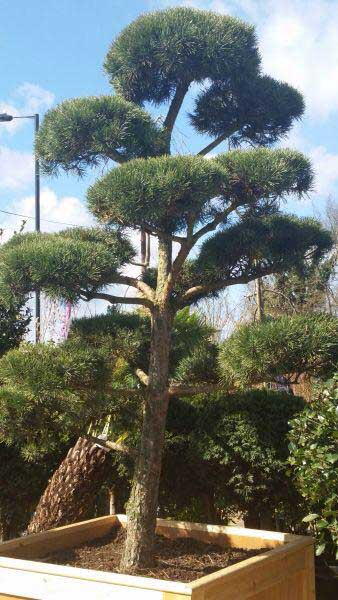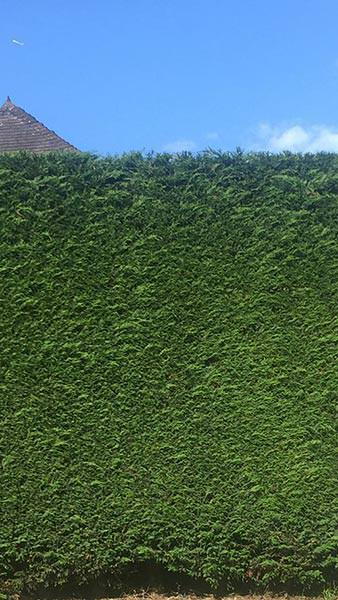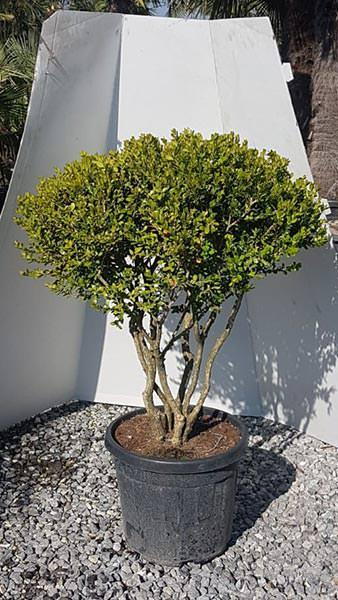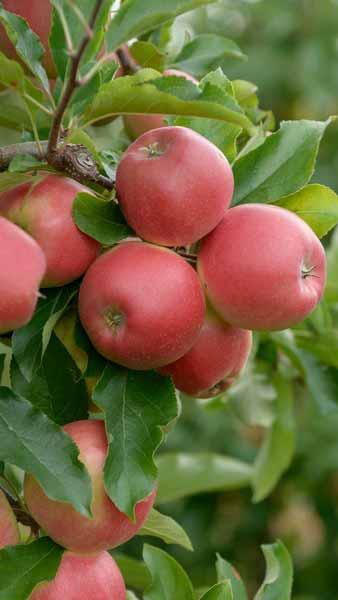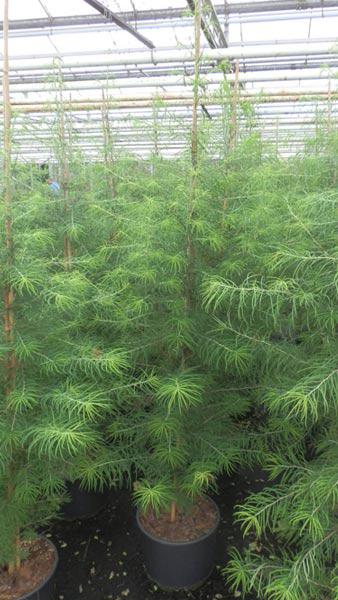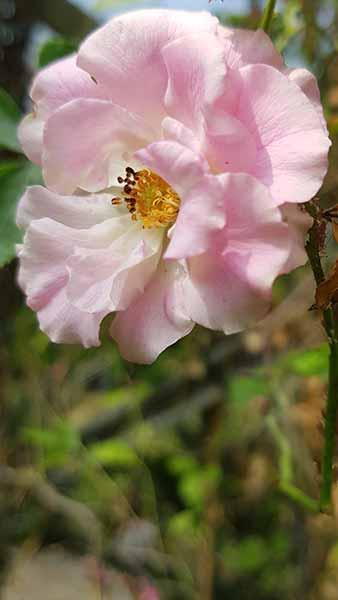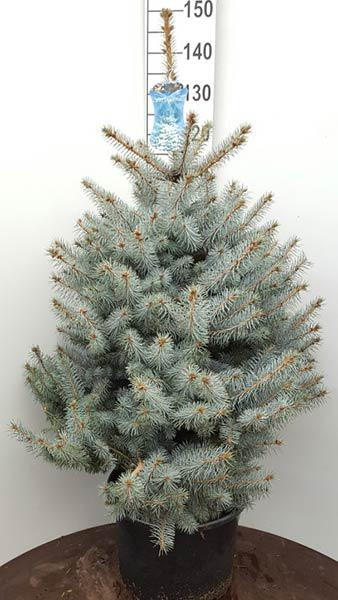Pseudolarix Amabilis Golden Larch Golden Pine Conifer
Pseudolarix Amabilisis is also known as the Golden Larch or Golden Pine, but is not a true Larch, although as the name implies, it shares some of the same characteristics. It is the sole species in the Pseudolarix genus, and a unique landscape tree in many ways, receiving the RHS Award of Garden Merit. Native to China, this beautiful ornamental tree is prized for its foliage, even though it is one of the last to leaf out in the spring and first to fall in the autumn. Like the true Larch, Pseudolarix Amabilisis is a deciduous conifer, losing its needles every year. In late spring, the light green needles, blue-green on their underside and up to 5 cm long with a soft texture, appear in tufts on short shoots, maturing to a deep green in summer. Female cones are extremely decorative, resembling artichokes, pale green in summer and maturing to brown in autumn. The Golden Larch earns its name in early autumn, when the foliage turns a brilliant shade of yellow, lighting up the landscape! In winter, the bare form of the Pseudolarix Amabilisis forms an elegant pyramidal silhouette. Fully hardy in even the most severe climates, Pseudolarix Amabilisis will grow 30 cm per year to a mature height of 8-12 metres and spread of 4-8 metres in 20 to 50 years. No pruning is required. If planting in a group, space trees 9-10 metres apart.Plant Golden Larch in full sun in a sheltered position with any aspect, in moist but well-drained sand, clay or loam soil with an acid to neutral pH. It is generally pest and disease-free, making it the ideal low-maintenance landscape tree. Tolerant of pollution, it’s an excellent tree for city gardens, but should be given some protection from salt winds in coastal regions. In fact, wherever it is planted it should be protected from wind.This big tree should be planted where it can grow to its full size unimpeded. Golden Larch is a great choice for planting as a focal point in a large lawn, or in a group on a country property where its autumn show can be fully appreciated! The light shade cast by this tree creates a good spot for perennials. Pseudolarix Amabilisis, with its attractive foliage, elegant shape, and low-maintenance growth, will make a great addition to a larger garden! See also Metasequoia Glyptostroboides, also a deciduous conifer.
